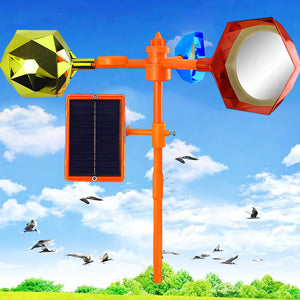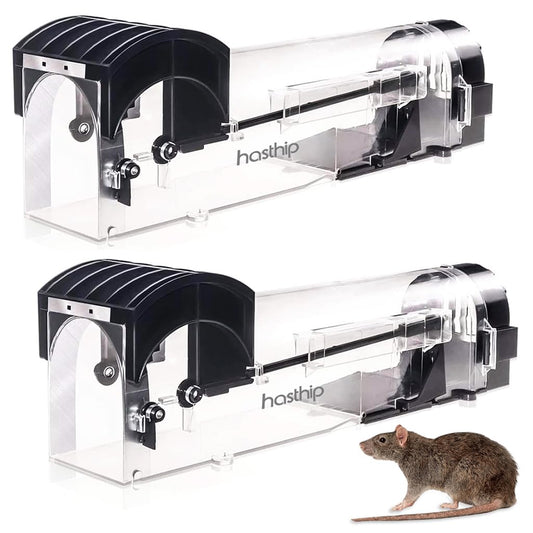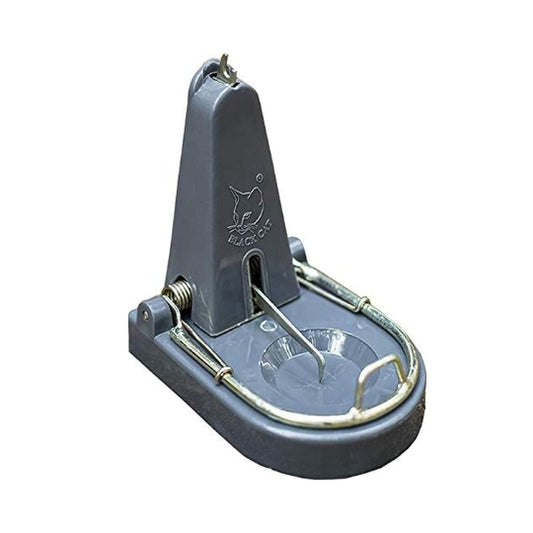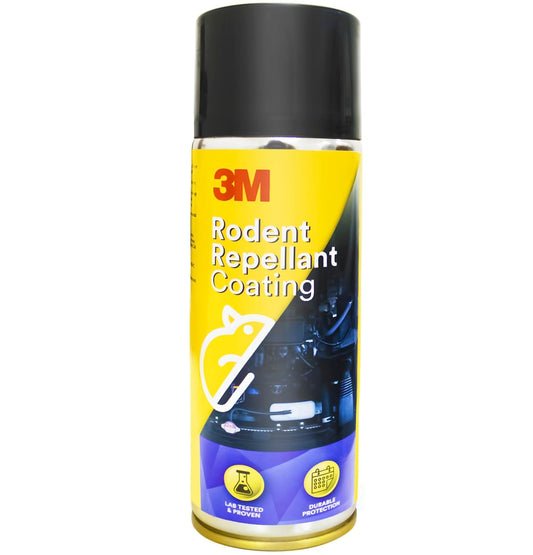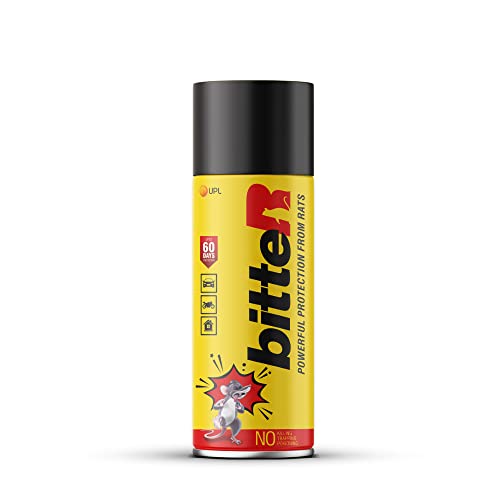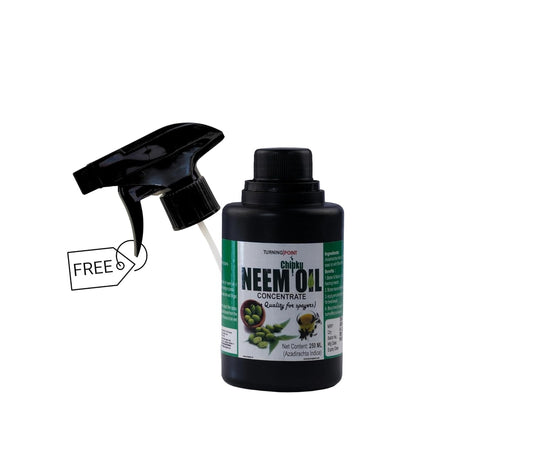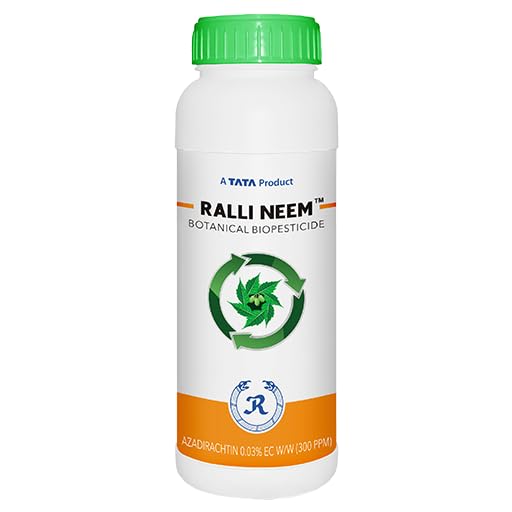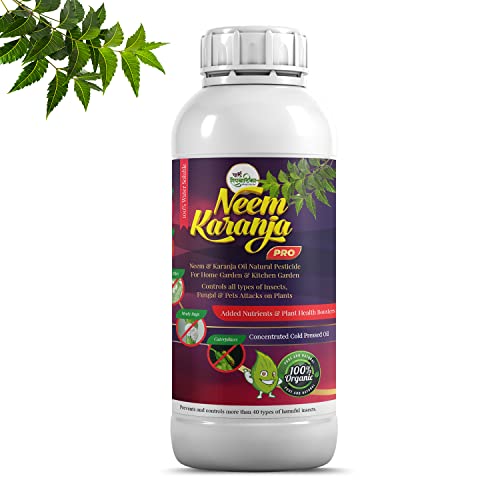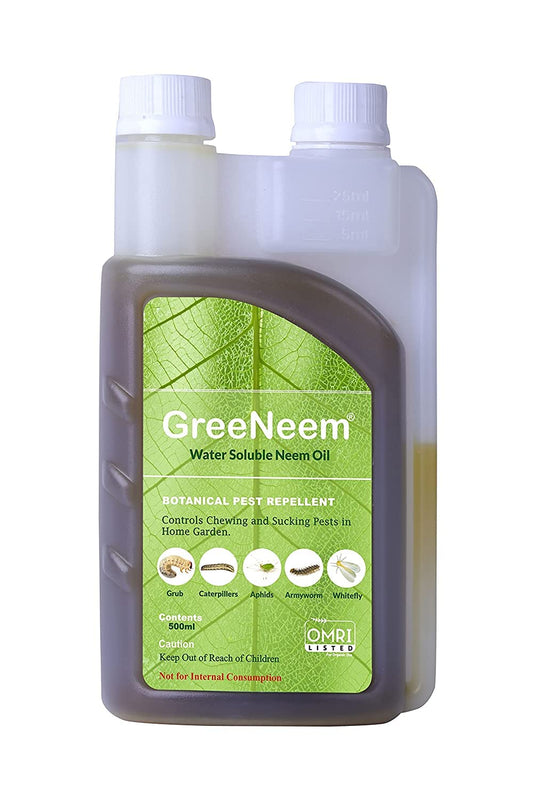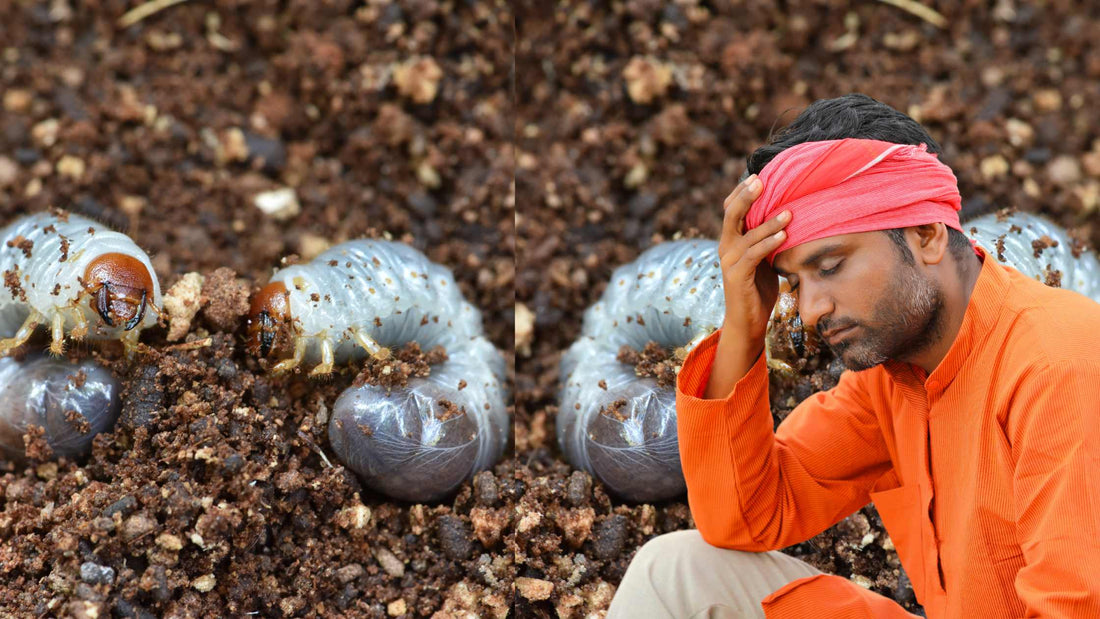
White Grub : A Threat to Indian Crops and How to Fight Back
Share
The white grub (सफेद लट, हुमणी ), a plump, cream-coloured creature lurking beneath the soil, might seem harmless at first glance. But don't be fooled! These grubs, the larval stage of scarab beetles, are a major threat to Indian agriculture, causing significant damage to a wide variety of crops.
A Long History of Destruction
White grubs have plagued Indian farms for decades. Initially, sugarcane and groundnut bore the brunt of their assault. However, these cunning pests have expanded their menu, now feasting on roots of vegetables, pulses, cereals, and more. Today, they rank among the most destructive agricultural pests in the country.
The Grubby Culprit: Lifecycle of a White Grub
Understanding the white grub's lifecycle is crucial for effective control. Here's a breakdown of their journey:

- Egg Stage: Adult beetles lay eggs in the soil, often during the monsoon season. Eggs hatch in 7 to 10 days.
- Larval Stage (The Destructive Phase): Eggs hatch into white grubs, the real troublemakers. These grubs spend months (sometimes a year) gorging on plant roots, causing significant damage. They go through several moulting stages during this time.
- Pupal Stage: Once fully grown, grubs transform into pupae in the soil, a resting phase of 30+ days before their adult form emerges.
- Adult Beetle Stage: Finally, adult beetles emerge from the pupae. They have a life of about 1 month. These beetles then mate and lay eggs, perpetuating the cycle.
Why Are We Seeing More White Grubs?
Several factors contribute to the rising white grub menace:
- Monoculture Farming: Large-scale farming with the same crop year after year creates a buffet for white grubs, with readily available food.
- Overuse of Insecticides: Excessive use of broad-spectrum insecticides eliminates natural predators like beneficial insects that keep white grub populations in check.
- Climate Change: Shifting weather patterns with erratic rainfall and temperature fluctuations might be creating conditions favourable for white grub development.
- Poor Soil Health: Soil lacking organic matter can become more susceptible to white grub infestations.
Combating the White Grub Challenge: Integrated Pest Management (IPM)
The good news is that there are ways to fight back! Integrated Pest Management (IPM) offers a sustainable approach to controlling white grubs. It combines various methods for long-term success:
1. Preventive Measures:
- Crop Rotation: Disrupt the grubs' food supply by alternating crops that they like with those they don't. This breaks the breeding cycle.
- Field Sanitation: Remove crop residue and weeds after harvest. These provide shelter and breeding grounds for white grubs.
- Promote Healthy Soil: Enhance soil health by incorporating organic matter like compost or manure. This creates a thriving ecosystem with natural predators that keep white grubs in check.
2. Monitoring:
- Light Traps: Attract and trap adult beetles using light traps. This helps assess the severity of the infestation.
- Soil Sampling: Periodically dig up soil samples to check for white grubs physically.
3. Control Measures:
- Cultural Practices: Deep summer ploughing exposes grubs to sunlight and predators, disrupting their development.
- Biological Control: Introduce natural enemies like entomopathogenic nematodes or beneficial fungi like Metarhizium anisopliae which can target and kill white grubs.
- Chemical Control: As a last resort, consider using insecticides approved by the Central Insecticide Board & Registration Committee (CIB&RC). However, use them judiciously and only after consulting agricultural experts.
Table of Registered Insecticides (white grub killer) by CIB&RC
| Active Ingredient(s) | Formulation | Brand Names |
|---|---|---|
| Carbofuran 3% CG | Granules, add with basal dose | Nagarjuna Fury, Adama Carbomain |
| Thiamethoxam 0.4% + Bifenthrin 0.8% GR | Granules, add with basal dose | IIL TURNER |
| Fipronil 40% + Imidacloprid 40% WG | Water dispersible Granules, apply through drip irrigation or drenching |
IFFCO Shirasagi, Katyayani Nashak, BACF EndTask |
| Pyraclostrobin 3.5% + Thiram 15.0% + Clothianidin 22.5% FS | Seed treatment | GSP PCT 410, Sudarshan Citrum |
| Thiamethoxam 0.090% + Fipronil 0.020% w/w GR | Granules, add with basal dose | Crystal Voltax, Mankind THIAKIND-F |
We trust this article provided valuable information for our farmers. Help us spread the word by sharing it with your fellow growers. Stay connected with ResetAgri on WhatsApp for the latest updates. Thank you for your time, and we look forward to your next visit.











